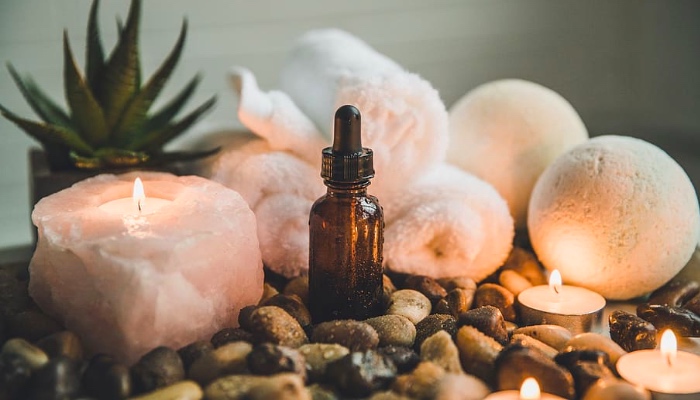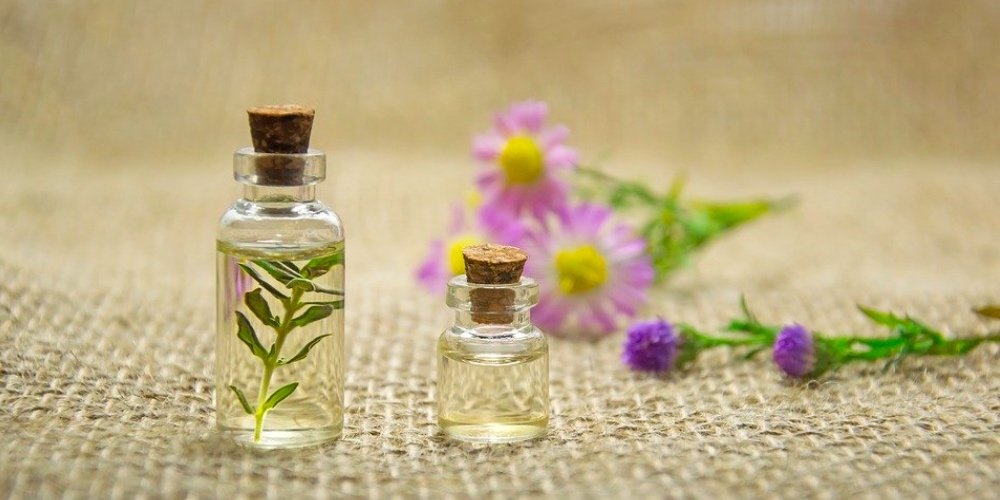Aromatherapy in Yoga Practice
What Is Aromatherapy?
Aromatherapy primarily affects the nervous and endocrine systems, allowing you to balance the work of the body. If the aromas are chosen correctly, then your health is gradually improving. Various processes in the body begin to synchronize – the hormonal background is normalized and the nervous system is strengthened. One of the main advantages of aromatherapy is its effective fight against stress as the main culprit of most diseases. With the help of aromatic essential oils or incense, a person learns how to relax and cope with stress. Of course, you cannot achieve such an effect in one session of aromatherapy. However, if you do it on an ongoing basis, then positive changes will not take long. Moreover, aromatherapy in yoga practice enhances its beneficial effects.
How to use essential oils in yoga practice
Having been seduced by the advantages of aromatic essential oils, you may start using them actively. There are plenty of options on how to do it: add oils to an aroma lamp, spray them inside a room, or sprinkle your yoga mat. However, you should not think that the more concentrated the aroma is, the better. The wrong dosage can not only disable you but also provoke a headache and dizziness. You should carefully select the essential oils. Indeed, each of them has its properties. Thus, if you want to conduct a soothing practice, improperly selected oil can give you uninvited vigor. Moreover, the quality of aromatic oil plays an important role, since widespread synthetic fakes can be harmful to health. Therefore, if you are not sure about the quality, it is better not to do aromatherapy in yoga practice at all.
Essential Oils for Different Yoga Practices
Restorative Yoga:
Essential sandalwood oil relieves nervous tension, a state of fear, anger or anxiety. Besides, it normalizes sleep and clarifies thoughts. Moreover, it restores your aura and helps to avoid impulsive actions.
Bedtime Yoga:
In the old fashioned way, you may give preference to the aroma of lavender. It relieves insomnia, overexcitation, and causes a deep state of inner peace. This oil also has a good impact on cognitive health and is ideal for meditation.
Surge Yoga:
Choose cypress oil to relieve nervous tension, restore sleep, and protect yourself from stress.
Vitality Yoga:
Grapefruit essential oil will give you the necessary vigor. Indeed, it has antidepressant and tonic properties. Therefore, this oil improves mood, increases mental activity, helps to cope with feelings of depression. Moreover, it may help you achieve success at work.
Productivity Yoga:
Lemon essential oil promotes creativity and relieves depressive states. Also, it helps to focus more easily.
Sexuality Yoga:
Ylang-ylang essential oil evokes a feeling of love and serenity. Moreover, it stimulates creativity, gives confidence, attracts love, positive energy, and pleasant emotions.
Mood Boost Yoga:
If you fall into deep melancholy, try using lemon balm essential oil. It will help to look at the situation with optimism, attract luck, balance energy in the body, and improve mental abilities.

Incense as a Part of Aromatherapy in Yoga Practice
There is no doubt that aromatherapy affects various human structures from biological to emotional and psychological. Therefore, incense is used for medical purposes, rituals, meditations, and simply for pleasure. Incense came to yoga from Hinduism, where it is commonly used. Those who have been in India know that this is a country of aromas. In yoga practice, they are most often used in the form of sticks. Indeed, they influence human psychosomatics: cheer up, calm down, or help to concentrate.
Incense sticks are made from resins, spices, herbs, oils, flowers, and other plants. All components have a large supply of vital energy. Indeed, people receive 90% of their life force through breathing. When incense smolders, special substances release. By inhaling them a person receives the vital energy of its components. Moreover, incense helps to harmonize the internal state, relieve tension, and cleanse the human biofield. One of the pronounced actions of incense is to calm the mind, which closely intersects with the goals of yoga practices. And thanks to the instant action of aromas, you can quite quickly achieve the desired state.
How to Use Incense in Yoga
It is important to understand that incense can bring both benefits and harm. You should not just burn them. Indeed, it is important to understand what purposes you need them for. For example, aromas that soothe and help with overwork are tea tree, lemon balm, chamomile, sandalwood, vanilla, etc. They are best used in the evening. The aromas that invigorate and increase alertness and concentration such as lemon, mandarin, orange, cedar, and cinnamon are best used for the morning. You can also light sticks to normalize the nervous system Then you need lavender, jasmine, myrrh, rose or mint.
Since incense emits a lot of fragrant smoke, it is important to light it in a ventilated room. You should not burn sticks all day or use them too often. It can cause a headache, irritation of the mucous membranes of eyes, nose, throat, and respiratory diseases. Pay attention to the composition: incense soaked with natural aromatic oils work for good, but sticks with synthetic aromatizers are best not to light at all. Follow our pieces of advice to achieve the most of aromatherapy in yoga practice. The best yoga studios in Budapest are waiting for you!
 English
English magyar
magyar